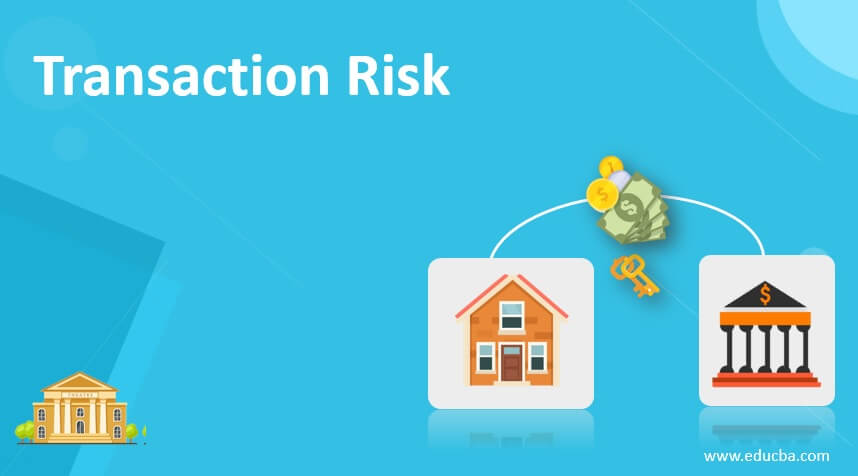Updated July 15, 2023
Definition of Transaction Risk
In international trade, the risk which arises because of the fluctuations in currency between the signing of the contract and settlement of the contract, and the loss for a party because of this fluctuation is known as transaction risk or transaction exposure.
Explanation
Whenever a transaction between the companies involves cross-currency payments, the companies settle on an exchange rate at which the contract will be settled. There can be some time gap between the signing of the contract and the settlement date. In the time between signing and settlement, there can be fluctuation in these currencies. Because of that, one party suffers from paying more or receiving less, which can reduce the value of the contract for that party.
Characteristics of Transaction Risk
A transaction risk occurs because of the currency fluctuations between the contract’s signing and the contract’s settlement. It can occur for a company due to the below reasons:
- Borrowing and lending if payment is made in foreign currency.
- Buying and selling goods or services in foreign currency and payment is made later.
- Acquiring a foreign company and payment is in foreign currency
- Any transaction in which foreign currency payment involves future payment
Examples of Transaction Risk
Following are the examples are given below:
Example #1
Suppose an Indian company has signed a contract with a US company to acquire some asset from the US company at the contract value of $1 Mn and promises to make the payment after 3 months. Currently, the exchange rate is $ 1 = INR 70. So at the current rate, the contract value in INR will be $ 1,000,000 multiplied by 70, which means INR 70,000,000.
After 3 months, assume the exchange rate is changed to $1 = INR 73. But in US Dollars, the company has to pay $1 Mn, which will be translated into INR INR 73,000,000. That means the Indian company has to spend INR 3 million more because of currency fluctuations.
Example #2
A European company has bought some goods from another company situated in the USA on credit.
Buying company has to pay in dollars after 2 months. Suppose in 3 months, Euro gets depreciated against the USD; then the company has to pay out more currency in Euros to settle the USD transaction, which is a transaction risk.
Managing and Mitigating Transaction Risk
Transaction risk can be managed or mitigated in the following ways:
- Future hedge: if a firm pays something in foreign currency in the future, it can purchase that currency futures for a similar period. If the foreign currency appreciates in the future, it will have to pay more in foreign currency, but it will benefit from the currency futures.
- Forward Hedge: Same way, the firm can negotiate a forward contract to buy or sell the foreign receivables or payables.
- Money market hedge: To hedge the payables, the firm can borrow local currency and convert the local currency into foreign currency until the contract’s settlement. In the same way, to hedge the receivables, the firm can borrow foreign currency and convert it to local currency until the contract’s settlement.
- Currency Option hedge: A firm can purchase currency called options to hedge the payables. Similarly, the firm can purchase currency put options to hedge the receivables.
Common Transaction Risks
Below can be the common transaction risks:
- Foreign Exchange Risk: This risk occurs because of the cross-border transactions between the parties involved.
- Commodity risk occurs because of fluctuations in commodity prices, such as oil and gas, affecting the buying nation’s economy.
Advantages
Some of the advantages are given below:
- If the currency fluctuates in a positive direction for the company, it will save the cash flows for the firm.
- Similarly, if the global oil price comes down, it will help the economy of buying country.
Disadvantages
Disadvantages of transaction risk occur if the currency moves in a negative direction for the company or country.
- If the currency fluctuates negatively for the company, the firm will have to pay more than expected.
- Similarly, if the global oil price goes up, it will increase the inflation of buying country and affect the country’s economy.
Conclusion
In short, transaction risk is the risk or exposure because of inter-currency transactions and the occurrence of losses because of fluctuations in the foreign currency. This fluctuation will affect the cash flow of the firm or country.
Recommended Articles
This is a guide to Transaction Risk. Here we also discuss the definition and characteristics of transaction risk along with its advantages and disadvantages. You may also have a look at the following articles to learn more –


